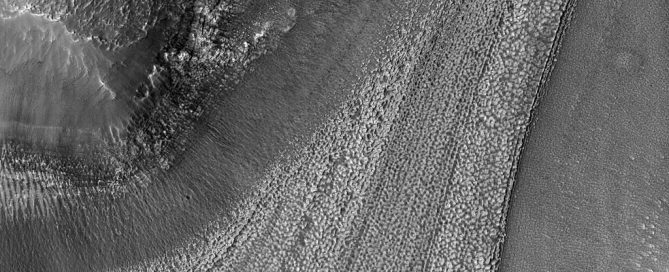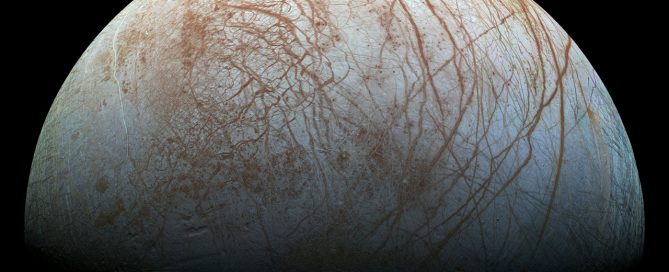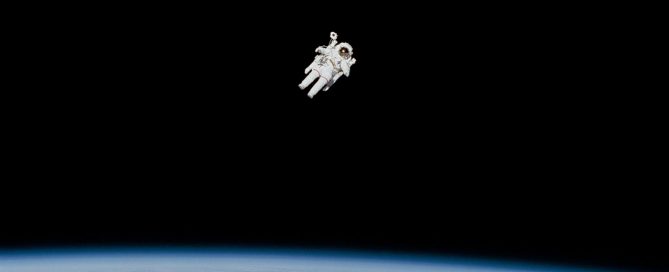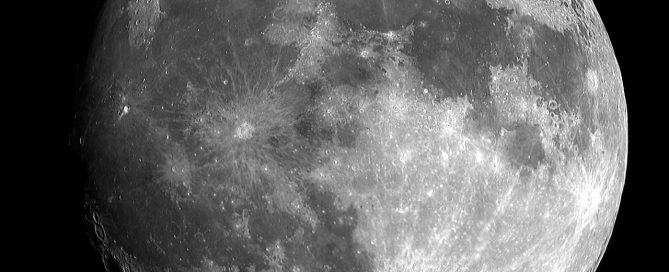Revealing Martian Secrets: Mars Reconnaissance Orbiter Unveils Ice Flow Patterns
Understanding the Movement of Martian Ice and its Geological Implications The Mars Reconnaissance Orbiter (MRO) has recently captured stunning images revealing ridged lines etched across Mars' terrain, indicative of the slow movement of ice. Unlike the predominantly polar ice caps, these distinct patterns have emerged across various non-polar regions of the Red Planet. As ice gradually descends downhill, it carries fragments of rock and soil along its surface and within the icy subsurface, a process that unfolds over millennia. The [...]





